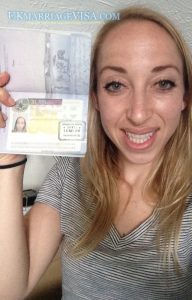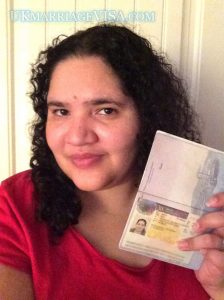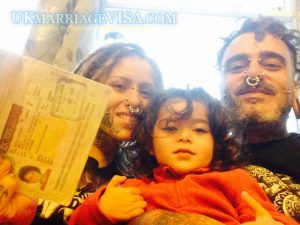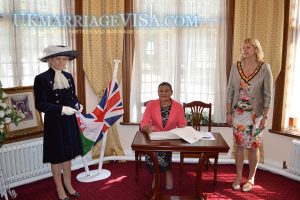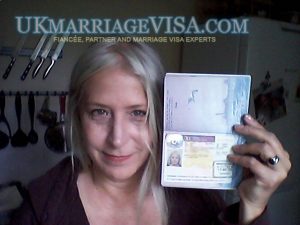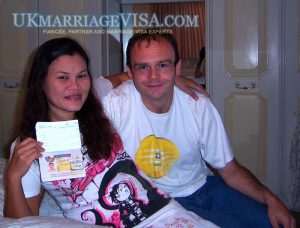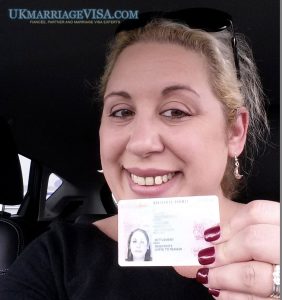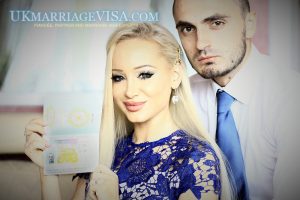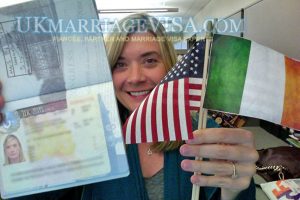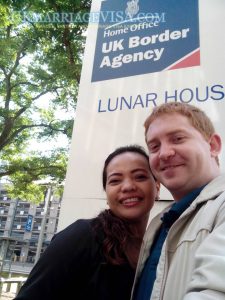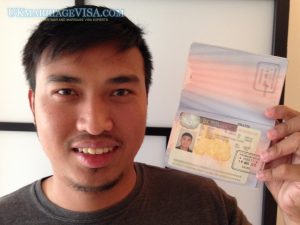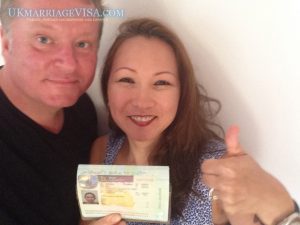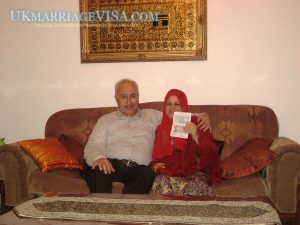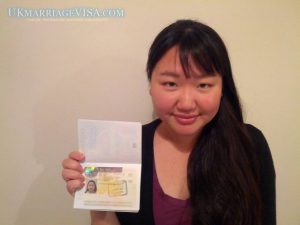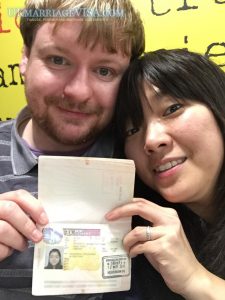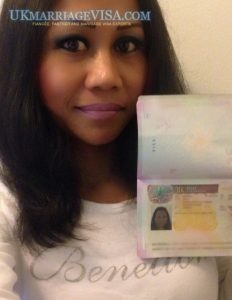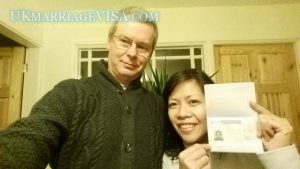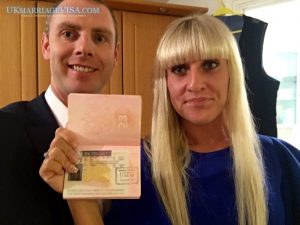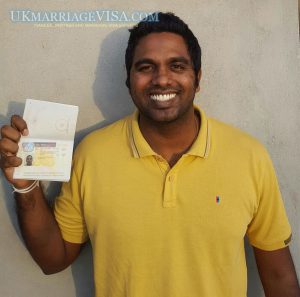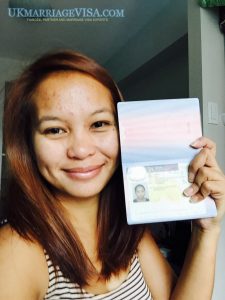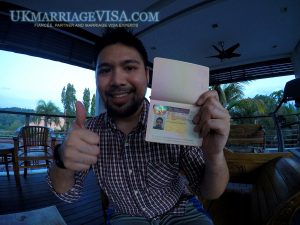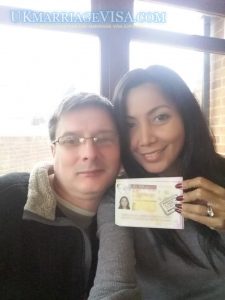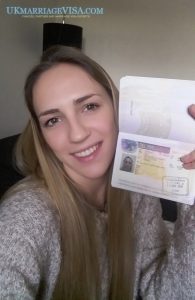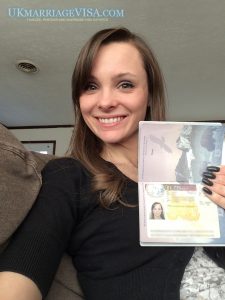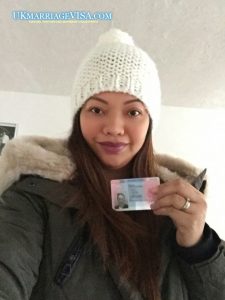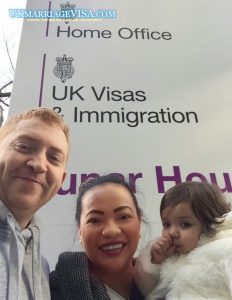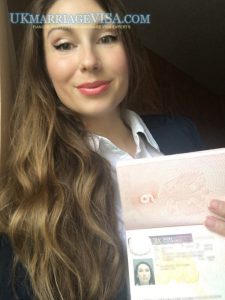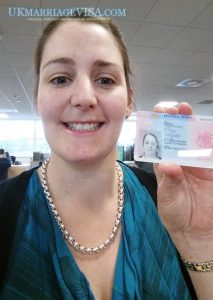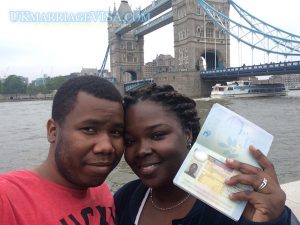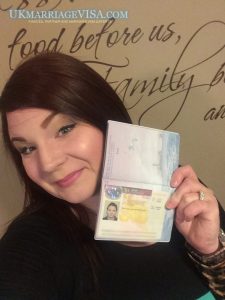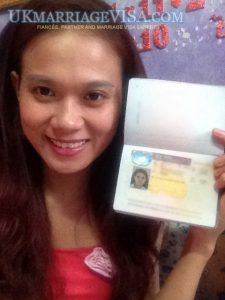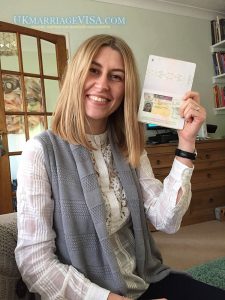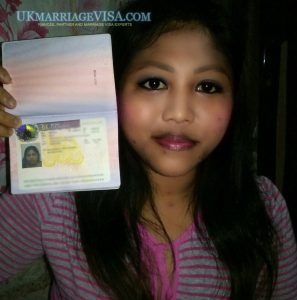Surinder Singh route: EEA family permit for partners of British citizens
Normally, spouses of British citizens are not eligible to apply for an EEA family permit to live and work in the UK. Instead, they should apply for a settlement spousal visa under UK immigration rules. This requires sponsoring British citizens and legal permanent residents to meet the minimum income threshold requirement which is currently set at £18,600 for couples with no children, £22,400 for couples with one dependent child, £24,800 for two et cetera. The so-called Surinder Singh route is a way in which qualifying non-European spouses can come to the UK to stay legally, provided certain eligibility criteria are met as defined by UK Visas & Immigration (UKVI), formerly the UK Border Agency (UKBA).
Why is it called the Surinder Singh route?
The route is named after an Indian national by the same name who appealed against deportation proceedings initiated against him by the Home Office. This occurred after marrying his girlfriend, a British national, only to divorce several years later. He appealed the decision to have him removed from the UK and won. This led to a new legal precedent from 1992 onwards. Essentially, the outcome of the case led to a situation where an individual from an EEA member state can move to live in another EEA country and also (crucially) have the right to return to the country of origin with their non-EEA family members. This principle was not present until the Surinder Singh appeal was heard and won, thereby creating the Surinder Singh route, as it is now known.
So it is a legal method for a British national to bring their non-EEA spouse to the UK?
Yes, and this can be demonstrated through a practical example. Let’s suppose Jane, a British national, marries Craig, who comes from a country outside of the European Union / EEA area. She cannot bring him directly into the UK because of immigration laws. These current Rules demand she should be earning a minimum amount of money in order to have a right to bring her husband into the UK on a settlement spouse visa. If she is earning less than this she cannot do so. However, she can move to another European country with Craig to exercise her treaty rights as a worker or self-employed person. Under European law she is then entitled to bring Craig to the UK as her family member on an EEA family permit instead of going down the settlement visa route, provided she can demonstrate that she has transferred the centre of her life to another EEA member state. So, if Jane is working in Germany for example, she can bring Craig into Germany to live with her to avoid painful separation. They then have the right as a married couple residing in an EEA country to move back to the UK together. This right comes under the EU Freedom of Movement rules.
Thus, British citizens living in other EEA member states can sponsor their non-EEA family members for an EEA family permit under Surinder Singh provision without having to meet the minimum income threshold requirement which applies to British citizens and permanent residents sponsoring their foreign partner or spouse for a settlement visa under UK immigration rules. Even though this route is completely legitimate, it is viewed by UK Visas & Immigration as a loophole. As a result, the Home Office issued an amended guidance for processing EEA family permit applications under the Surinder Singh route in January 2014 which requires the sponsoring British citizen to prove that they have transferred the centre of their life to another EEA member state. In other words, British citizens are now required to demonstrate to the satisfaction of the examining UKVI officials that they have established a new principal residence in another EEA member state in which they are exercising treaty rights. The previous policy was amended to prevent a situation where British citizens move to another European country to work for a few months and then immediately apply for an EEA family permit to bring their foreign husband or wife to the UK on an EEA family permit.
How strict is the ‘centre of life’ provision?
There is no minimum or maximum on how long a British citizen must be exercising treaty rights in another EEA member state for, and each case is assessed on its own merits. The six-month minimum stay is recommended; however, it is not set in stone. It is merely a guide based on previous history in similar cases. This seems to be the minimum amount of time someone has to be living and working in another EEA country in order to safely bring their spouse back to the UK on an EEA family permit under Surinder Singh provision. Many people in similar situations have used the Surinder Singh route to ensure they can get into the UK to live with their spouse, just as they always wanted and intended to do. As long as the current policy remains unchanged, plenty of people are likely to continue using it in order to avoid the minimum income threshold requirement imposed on British citizens and permanent residents sponsoring their non-EEA family members for a settlement marriage visa to live and work in the UK.
Free initial consultation with a UK visa consultant
If you are considering moving to another EEA member state with your partner or spouse to apply for an EEA family permit under the Surinder Singh route, please contact our team of experienced UK marriage visa consultants to discuss your specific circumstances. To sign up for a free initial consultation please complete an online assessment form on the right hand side. One of our immigration advisers will respond within 24 hours.
Kemp House
152-160 City Road
London EC1V 2NX

